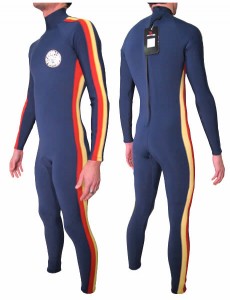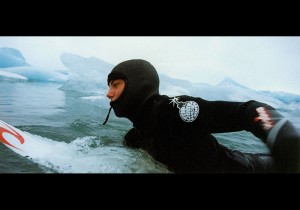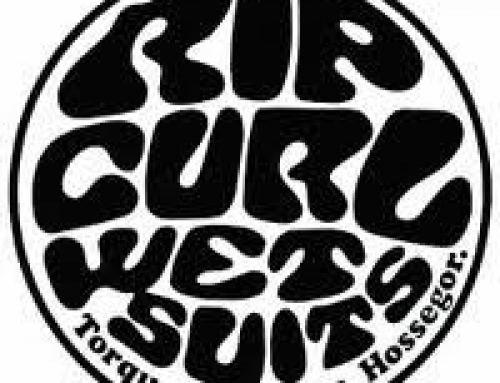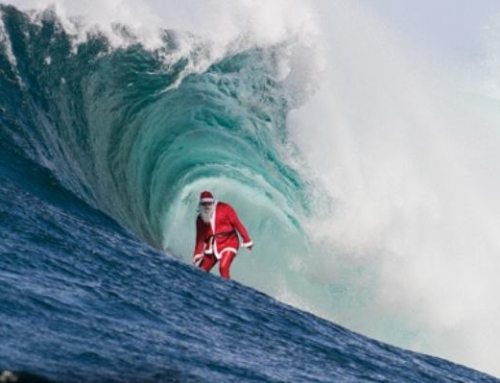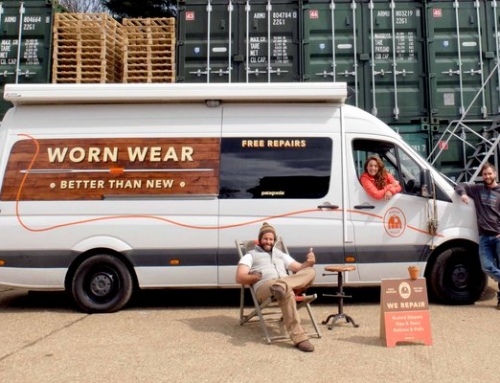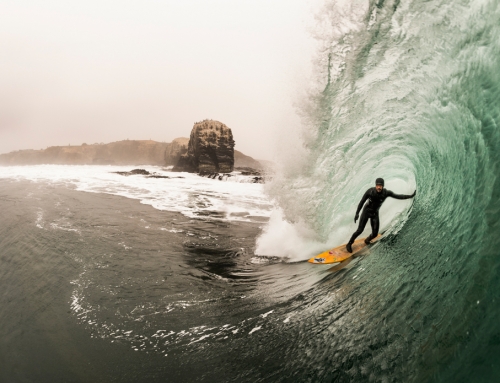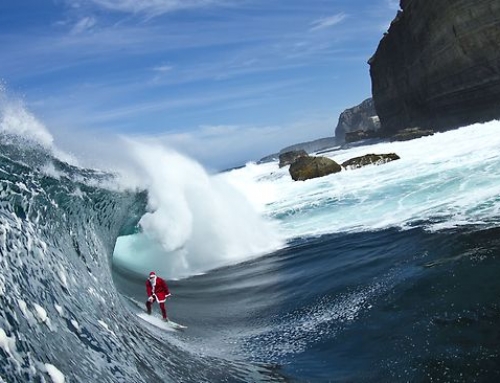Rip Curl Wetsuits – Over 40 years of wetsuit innovation
Wetsuits have evolved dramatically in the last 40 years. In this post Bodyline Wetsuit Repairs will look at the major wetsuit developments leading surfing brand Rip Curl wetsuits have made during this time.
Founded in 1969, Rip Curl began making wetsuits a year later, combining their knowledge and experience from diving wetsuit manufacturing and their love for surfing.
What started out as a way to catching more waves and improve their surfing, quickly formed the foundations for Rip Curl’s mission to make the best wetsuits on the planet.
Over 30 years later, Rip Curl Wetsuits has been the market leaders in surfing wetsuits. Rip Curl has repeatedly set the industry standards of wetsuit design, function and performance. Their developments in Elastomax and SlickSkin technologies are continuing to drive wetsuit developments of the future.
Here are the key milestones in wetsuit design by Rip Curl wetsuits
1971 UNDER ARM GUSSETS
In order to allow greater range of motion and eliminate underarm rubbing, Rip Curt replaced the seam from the armpit and fitted under arm gussets.
1972 DOUBLE LINED NEOPRENE
Rip Curl’s first development in neoprene technology. By introducing double lined neoprene, surfers gained durability to their wetsuits that didn’t previously exist. Wetsuits now lasted longer and the wear on key panels was reduced.
1974 SHOULDER ZIPS
Removing the Zip from the back panel resulted in increased flexibility and warmth. This concept is alive and well today and employed in Rip Curl’s latest E-Bomb Chest Zip wetsuits.
1974 MULTI THICKNESS NEOPRENE
Early wetsuits were made using neoprene of the same thickness throughout. Rip Curl soon realised that by replacing certain areas with thinner panels allowed greater movement and flexibility. We touched upon this further in our previous wetsuit guide post.
1978 BLIND STITCHED SEAM
The blind stitched seem was introduced in the late 70’s and is still the most popular stitching used throughout wetsuits today (particularly cold water wetsuits). Blind stitching enters and exits the neoprene on the same side of the material and offers increased comfort, warmth and durability for the wearer.
1982 SUPER XPANDX
Super Xpandx began the push for high stretch rubber and represented a revolution in neoprene flexibility.
1984 AQUABAN SEAM LIQUID TAPE
Aquaban Liquid tape on wetsuit seams offers maximum sealing and durability, warmth and longevity.
1985 FULLY CONTOURED PATTERNS
Leg and arm were shaped to profile the contour of surfer’s limbs, offering improved fit of a wetsuit and flexibility.
1986 THE BATWING SYSTEM
To eliminate water entering the wetsuit through the back zip, Rip Curl pioneered the Batwing, a neoprene panel to keep water out and the wearer warm. The Batwing design is now found on almost every back zipped cold water wetsuit in the world.
1987 POLYPROPYLENE LINING
Rip Curl’s introduction of polypropylene lining offered even more comfort and warmth.
1990 SUPER XPANDX HAND-GLUED SEAM SEALING TAPE
The first types of sealing tapes used hindered wetsuit flexibility. Super xpandx sealing tape improved flexibility, durability whilst maintained warmth.
1994 RD4 NEOPRENE WITH TITANIUM
A breakthrough in wetsuit material and the quest to maintain body warmth in cold water.
1995 ULTIMATE XPANDX HIGH STRETCH RUBBER
Ultimate Xpandx pushed neoprene stretch standards even further and allowed for increased surfing performance whilst maintaining a high level of durability.
1995 THE ELASTO WETSUIT
Previously considered not possible, Rip Curl’s commitment to making the Ultimate wetsuit resulted in the first 100% high stretch suit, The Elasto.
1997 GRID LOC ZIP
The Grid Loc Zip substantially reduced the space between the teeth of the zip and significantly reduced the amount of water entering the wetsuit.
2002 ELASTOMAX HIGH STRETCH RUBBER
Elastomax further improved the durability of high stretch rubber and completed the ultimate surfing wetsuits function and performance.
2008 H-BOMB, THE WORLD’s FIRST POWER HEATED WETSUIT
Powered by 2 lithium batteries and utilising a non-metallic element the H-Bomb suit has revolutionised cold water surfing.
2011 FLASH BOMB, THE WORLD’s FASTEST DRYING WETSUIT
The Flash Bomb’s Flash Dry lining wicks water from the interior of the suit within seconds of being exposed to the air, locking moisture within the suit where it then quickly drains out.
2014 E4 NEOPRENE
E4 Neoprene IS 30% more flexible and 20% lighter.


